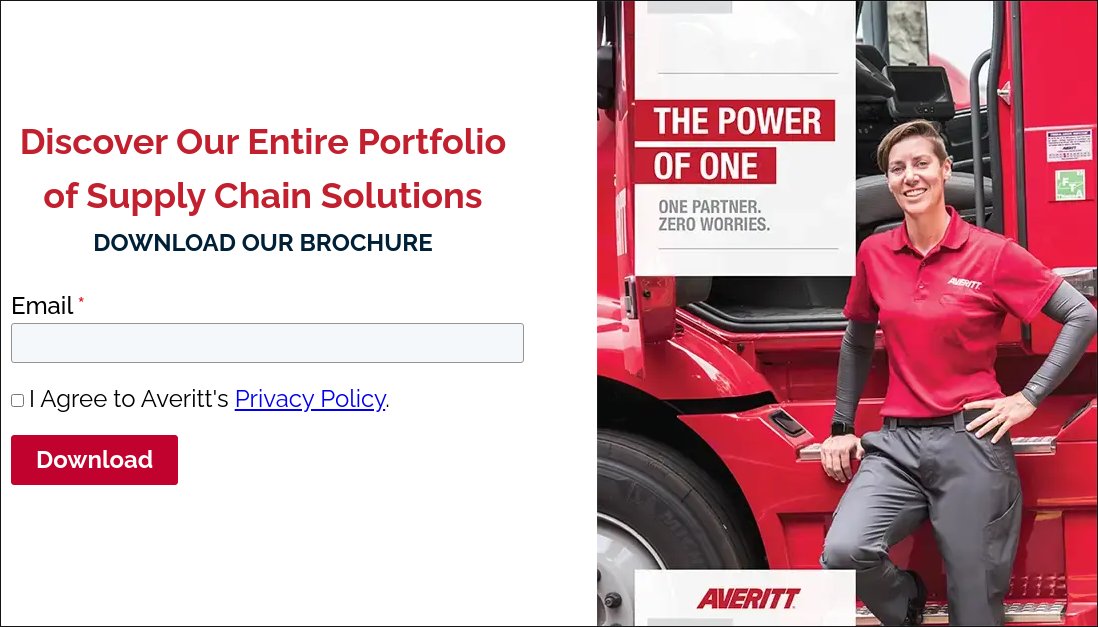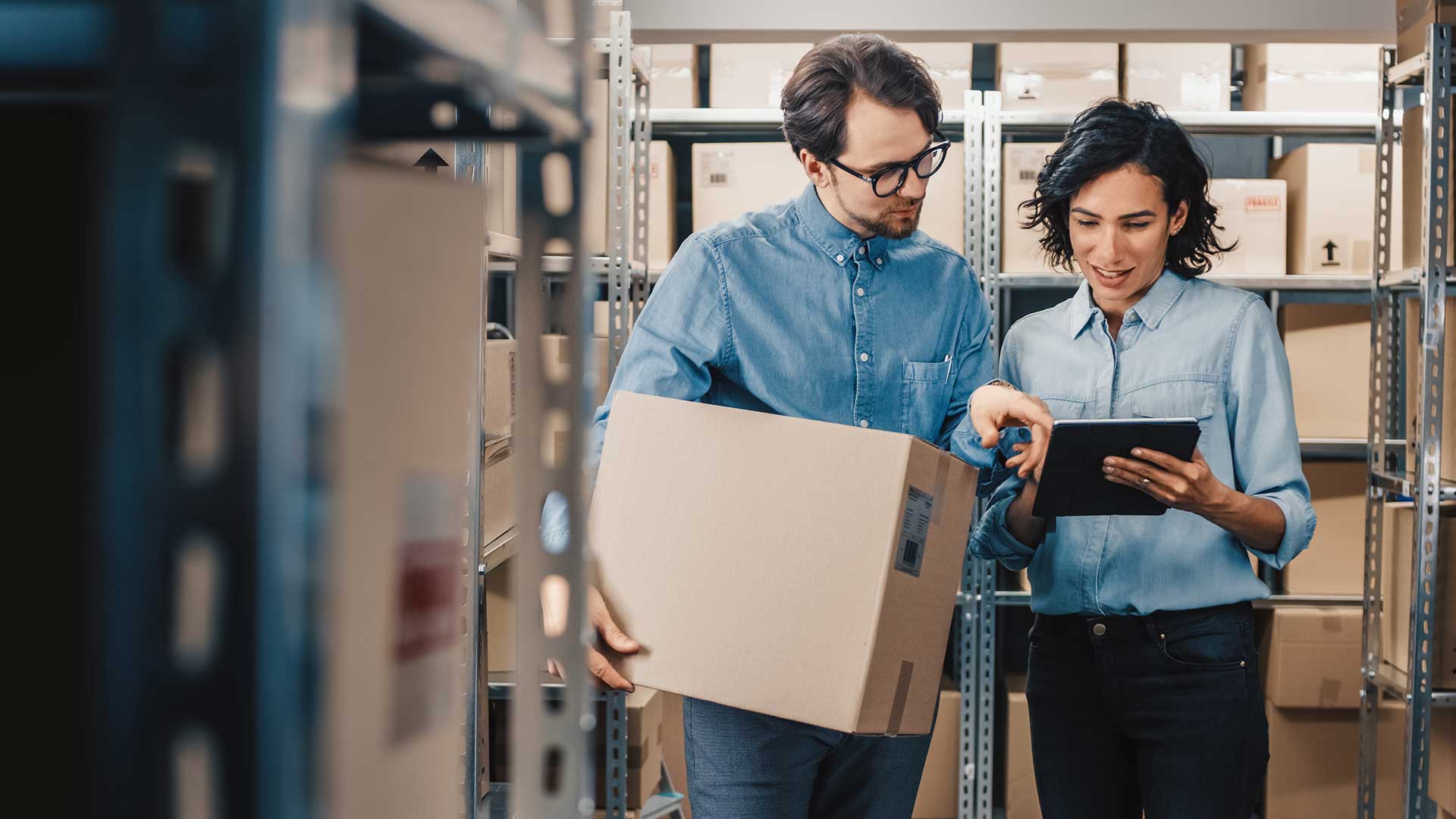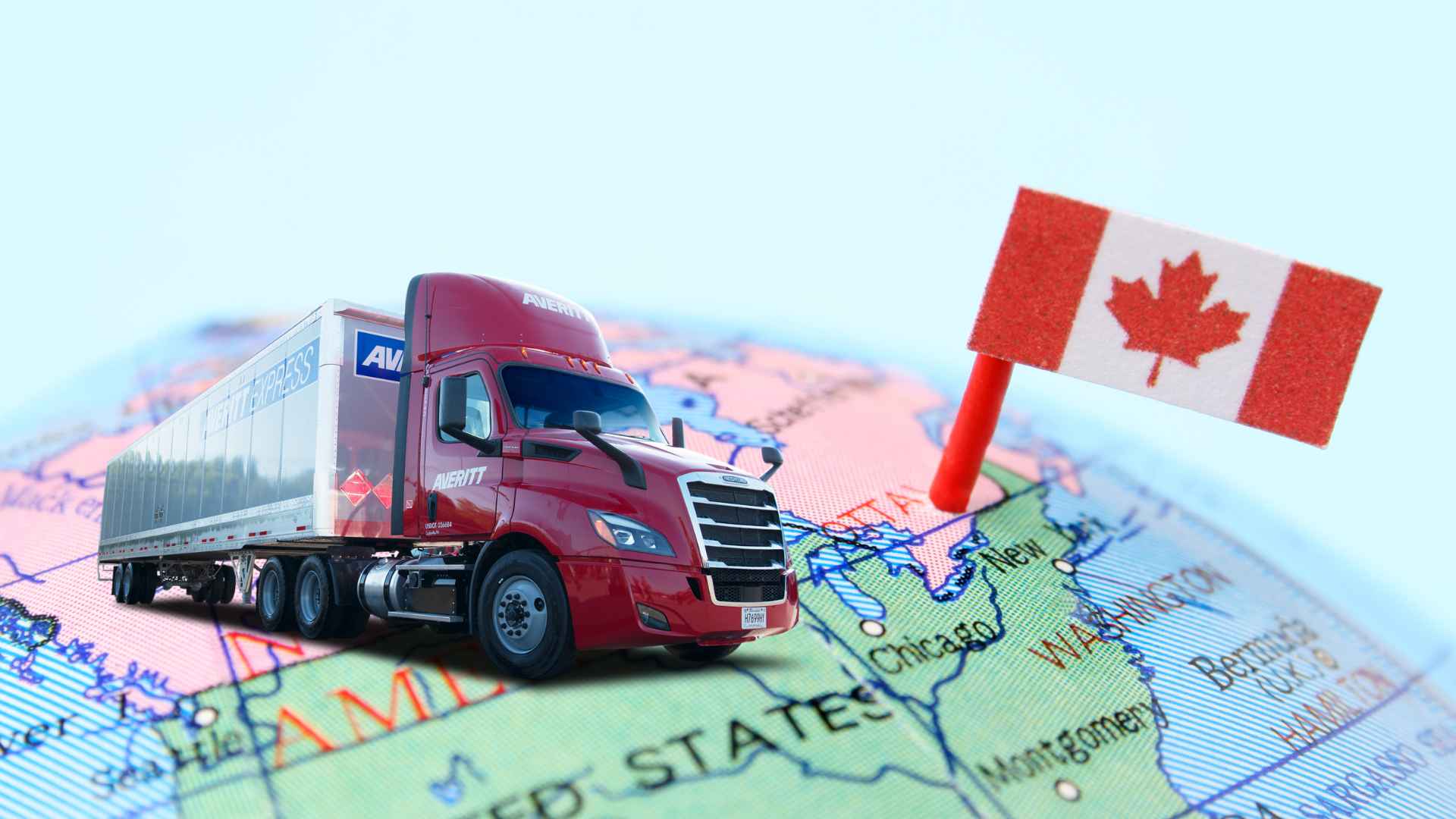The meteoric rise in e-commerce over the last several years has led to unprecedented retail sales. Unfortunately, it has also led to an unprecedented number of returns. It’s estimated that 30% of online orders are returned, as opposed to just under 9% for goods purchased from a brick & mortar retailer. Tracking these aftermarket activities can provide insight into your overall logistics management. Which is why shippers and suppliers alike need a sound reverse logistics plan.
What is Reverse Logistics?
Historically, retailers considered the end of the supply chain to be the point when a product was delivered to the customer. Now, with the explosion in returned orders, that supply chain has been extended.
At its core, reverse logistics is nothing more than the management of these returned goods. It describes the process of taking products back from customers and reworking those products so that they can be resold or recycled. As such, it’s an increasingly vital component of the supply chain.
The way a company handles their return logistics can significantly impact both its reputation and customer base. Customers are just as likely to judge a company based on the return process as they are on the purchase process. Improperly handled returns can create negative reviews and lead to disenfranchised customers.
Unfortunately, far too many retailers struggle to correctly deal with this side of the process. In fact, well over half of all retailer say that handling these returns creates a serious disruption in their day-to-day operations.
And that’s just the tip of the iceberg.
Ongoing Challenges
Customer behavior has become increasingly complex. Largely driven by online giants like Amazon, customers demand more personalization and more customized service than ever before. This trend has touched every aspect of the supply chain — including reverse logistics.
According to Inbound Logistics, “The challenge for retailers and vendors is to process returns at a proficiency level that allows quick, efficient and cost-effective merchandise collection and return. Customer requirements facilitate demand for a high standard of service that includes accuracy and timeliness.”
That’s far easier said than done.
As explained by consultant Brooks Bentz, in Logistic Management, “There’s an inherent disorganization and messiness revolving around reverse logistics that makes it more challenging than conventional “forward” logistics management.”
The basic problem lies in the fact that the global logistics market still functions according to an outdated proposition — that delivery is more important than retrieval.
It used to be that when a customer returned a product, it meant they weren’t happy with it. Now, customers are increasingly likely to over-order, with the express intent of returning several items. This issue is only compounded by the fact that 58% of them also want a hassle-free, “no questions asked” return process from their retailer.

4 Ways Reverse Logistics Improves Your Supply Chain
Having a solid reverse logistics strategy in place can benefit your supply chain in multiple ways:
- Streamlining Inventory: Not having a clear understanding of how and when products are returned or replaced can result in too much inventory. A focused reverse logistics process can reduce your storage costs and help you better anticipate your inventory needs.
- Reducing Costs: A proper reverse logistics strategy will help control the cost of each item returned. That includes transportation and warehousing costs, which can impact your margins.
- Increasing Visibility: The greater your visibility throughout your supply chain, the more risk you can eliminate. That’s every bit as true for returns as it is for deliveries.
- Improving the Customer Experience: Customers today are not known for their patience. They demand responsive, personalized service. Proper reverse logistics management lets you deliver the high-touch experience your customers expect.
Need to map out a reverse logistics strategy for your business? A partner with reverse logistics expertise can help you identify both your pain points and your opportunities. Averitt has over 50 years of experience delivering value throughout every step of the supply chain.
We’re ready to put that experience to work for you. Email us today at averittnews@averitt.com, and see how our reverse logistics solutions can move your business forward.











